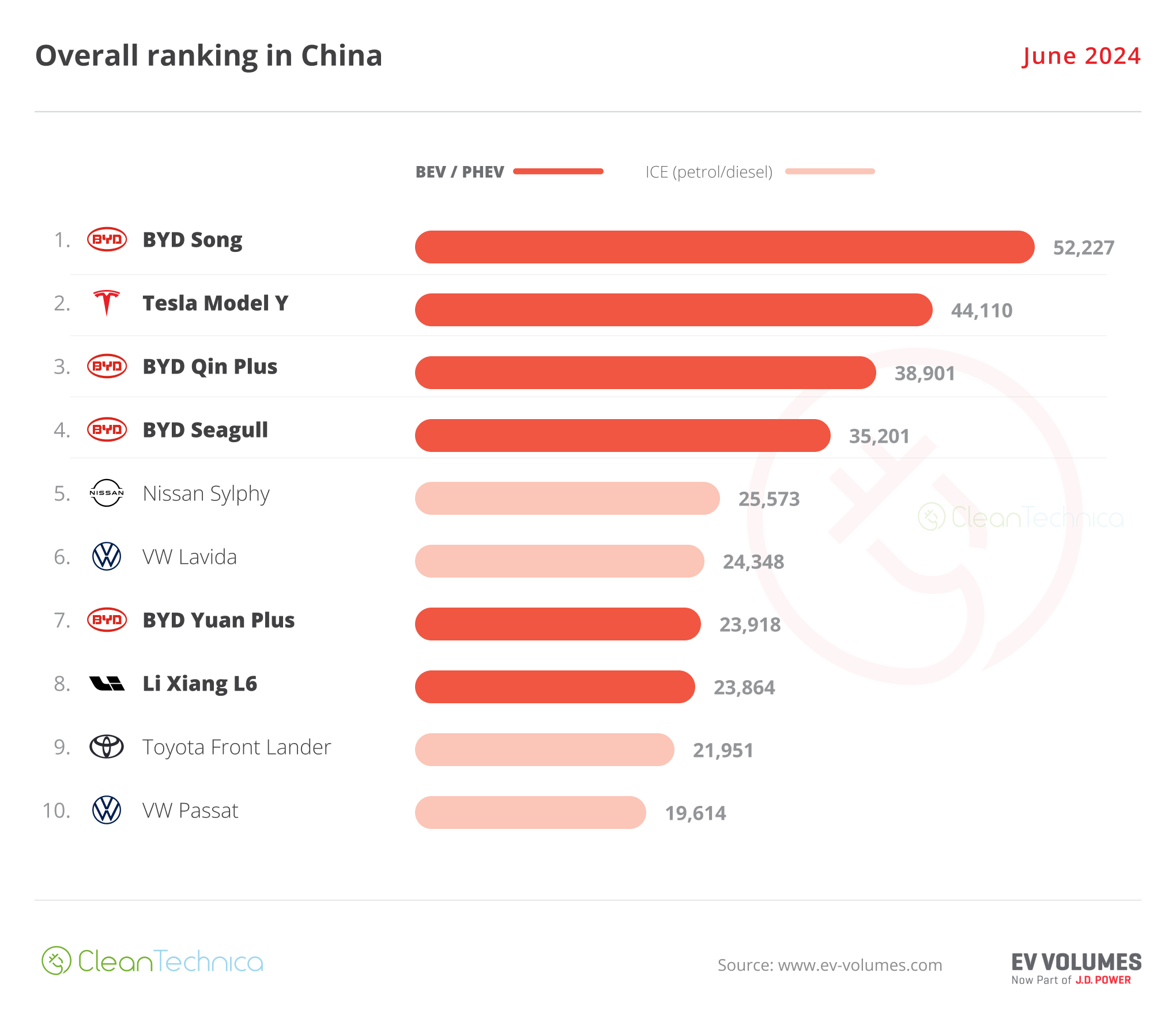The decline in post-pandemic logistics funding continues. After reaching an unprecedented $25.6 billion in 2021, venture funding for logistics start-ups fell to just $2.9 billion in 2023—a two-year plunge of nearly 90 percent, and the lowest level of funding since 2015. A number of factors are driving this sharp pullback by investors, including high interest rates (which curb venture investment in general), a global slowdown in the shipping industry (as consumers shift spending away from physical goods toward services), and a market in which excess capacity among cargo carriers is driving down freight rates. In a nutshell: venture capital (VC) investors and logistics entrepreneurs are dealing with the reversal of many of the trends that fueled the COVID-19-era boom.
A challenging environment
Globally, VC funding across all industries fell some 35 percent from 2022 to 2023, our analysis found. Logistics start-ups were hit especially hard, with the sector accounting for 0.8 percent of total venture investments in 2023—down from roughly 3 percent in the five preceding years (Exhibit 1), as the industry grapples with a drop in e-commerce growth, falling trade volumes, and volatile freight rates.

Before the COVID-19 pandemic, e-commerce spending had been growing at an annual rate of 10–15 percent, accelerating to 29 percent growth in 2020. While the e-commerce market continues to grow today, it has been doing so at a slower pace, with an annual growth rate of approximately 5 percent. The decline in demand for physical goods has led to a decrease in global freight volumes: between 2022 and 2023, sea freight volumes stagnated, with 0 percent growth, while air freight volumes decreased by 4 percent. Declining demand is also reflected in global freight rates: air freight rates declined 22 percent, while sea freight rates—which had surged because of factors such as rising fuel prices, port congestion, and supply chain disruptions—fell some 70 to 90 percent, as capacity returned to the market.
A pair of segments attract investment
Much of the venture capital flowing into the industry is being funneled into the last-mile sector—the companies that specialize in the final stage of the delivery process (Exhibit 2). Last-mile start-ups increased their share of total funding in logistics by five percentage points between 2022 and 2023. The last-mile start-ups garnering the most funding include Zipline, a US on-demand drone delivery service, which received $330 million; XpressBees, an Indian express logistics provider, which raised $120 million; and logistics provider Delhivery, also from India, which raised $114 million.

Software and systems start-ups also saw their share of VC funding increase over the past two years, despite this segment’s small market size, due in large part to the logistics industry’s growing demand for digitalization and AI solutions. Start-ups with software-based business models—particularly those with a transparent revenue stream from subscriptions—also are proving attractive to investors.
Regional shifts emerge
Examining the data by region reveals that North American start-ups captured the most interest from investors in 2023. They accounted for 43 percent of total funding, up from 30 percent in 2022 (Exhibit 3). This marks a shift from years past, when Asian start-ups (excluding those in China and India) garnered the most funding.

Indian start-ups saw their share of total funding nearly double between 2022 and 2023, rising to equal Europe’s share. India has benefited from companies diversifying their manufacturing and supply chains. The trend has aided India’s efforts to attract foreign investment and become a preferred manufacturing destination.
An uncertain outlook
Overall, confidence remains that logistics sector funding will return in the long run, given that it accounts for 10 percent of GDP.
There are implications for start-ups, investors, and incumbents on how to navigate the current environment. For start-ups, focusing on a realistic path to profitability will be critical. Growth will always be a key consideration, but in an industry marked by significant cost pressures and fragmentation, entrepreneurs should expect that investors will demand financial viability sooner rather than later. For investors, more realistic opportunities to evaluate more exciting valuations can be expected. Partnering with start-ups that need funding and pursuing M&A-powered innovation or talent acquisition can lead to substantial returns. Incumbents also may take the opportunity to pursue growth initiatives through partnerships or M&A. The increased focus on digitization, driven by in-house efforts, means incumbents can develop their own innovative products and solutions, while collaborating with agile start-ups.
Despite the current challenges, there is still considerable potential in the logistics sector. As confidence returns and entrepreneurs and investors find a new valuation middle ground, start-ups will likely attract more than 1 percent of total venture capital funding, as they have in years past. What’s more, given the backlog in innovation and technology, VC investment share in the space could surge even more, eventually catching up to the 10 percent level the industry contributes to GDP.




